Afterthoughts about walking the Nakasendō, and Seeing Butoh in Kyoto

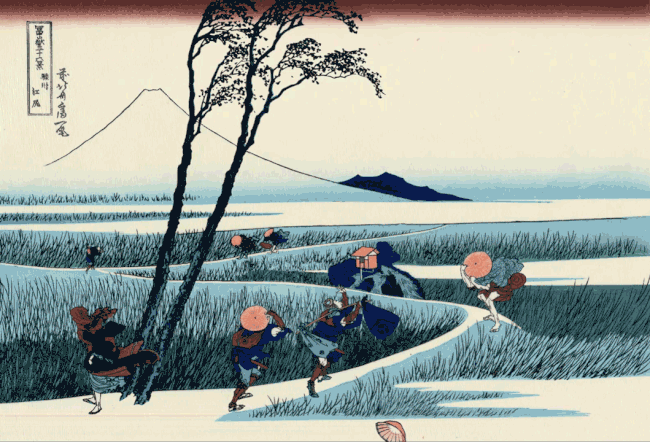
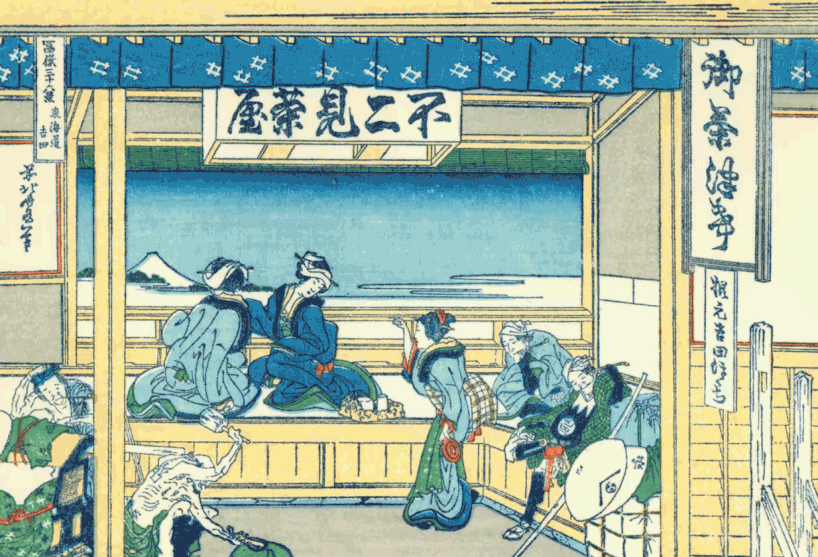
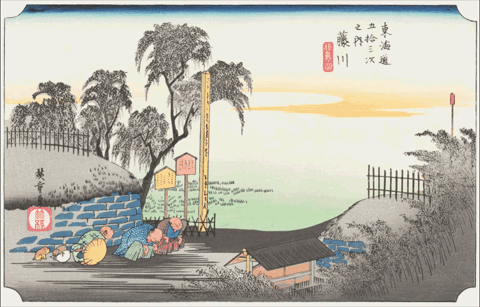
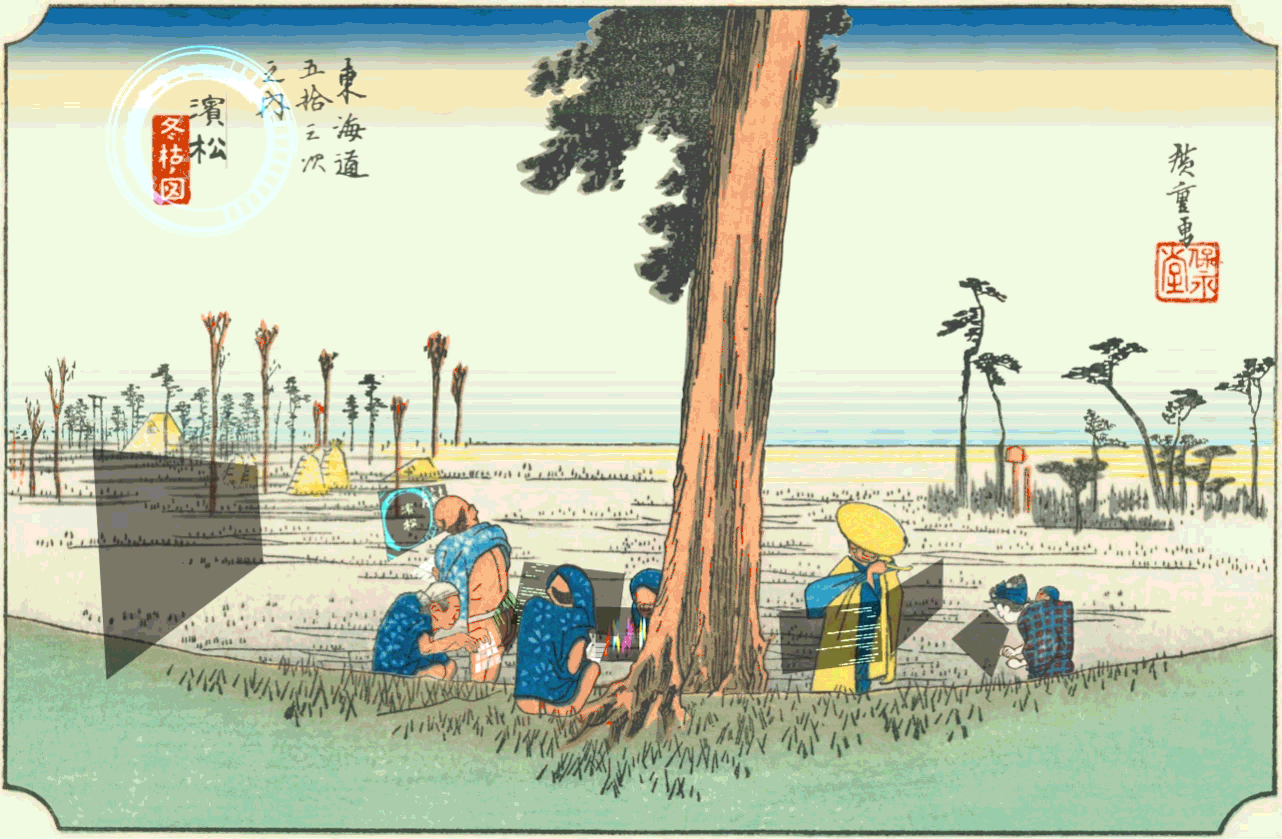
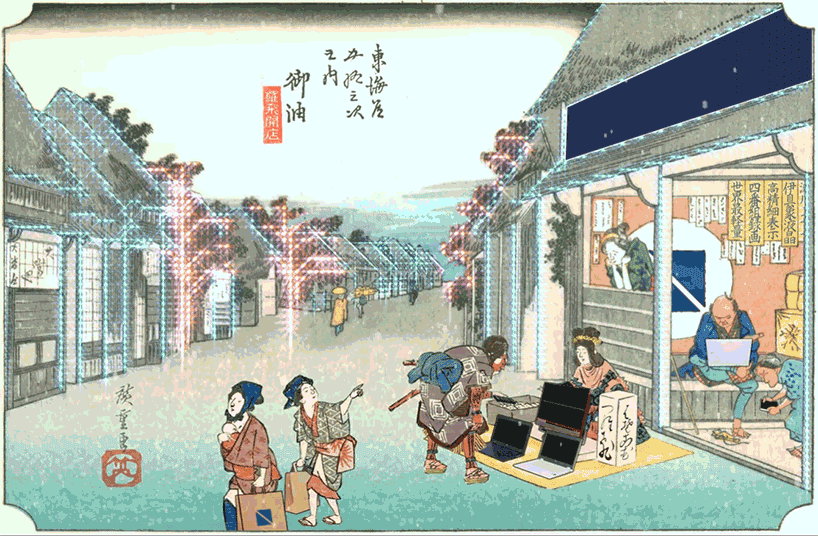
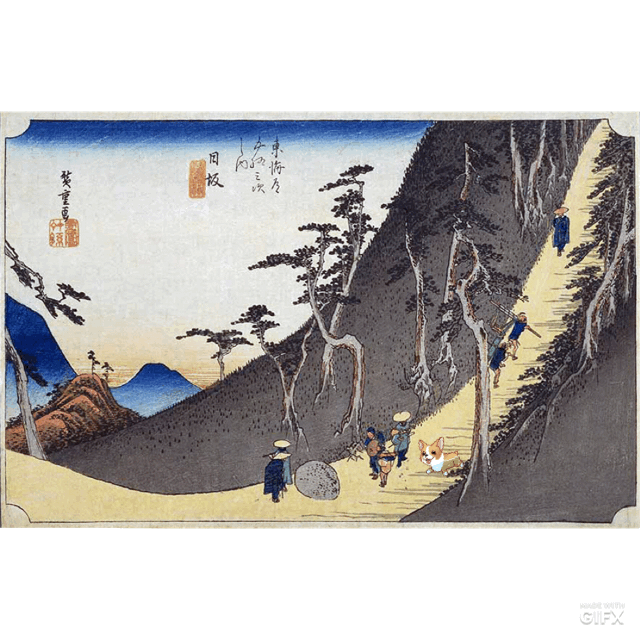
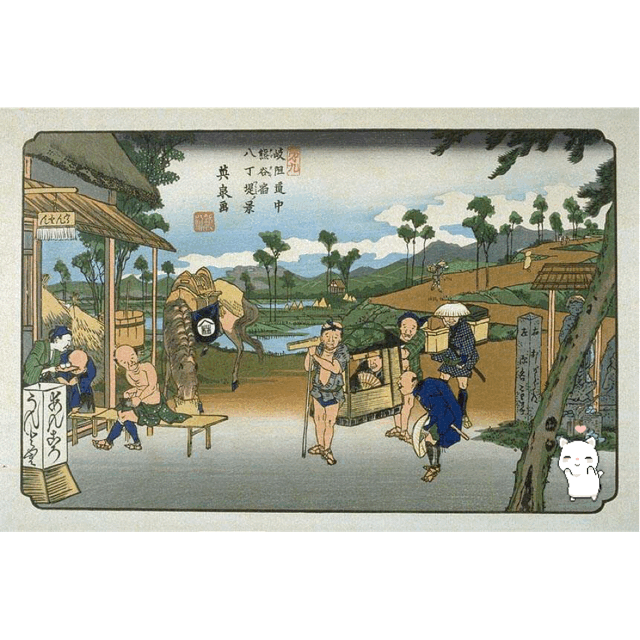
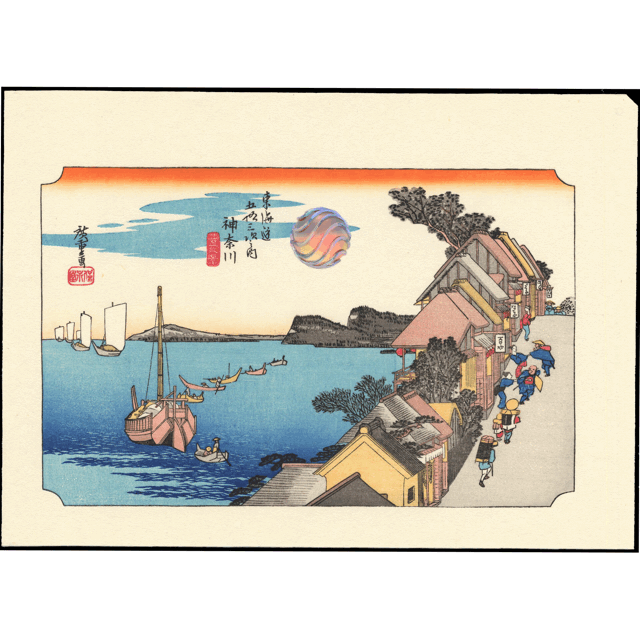
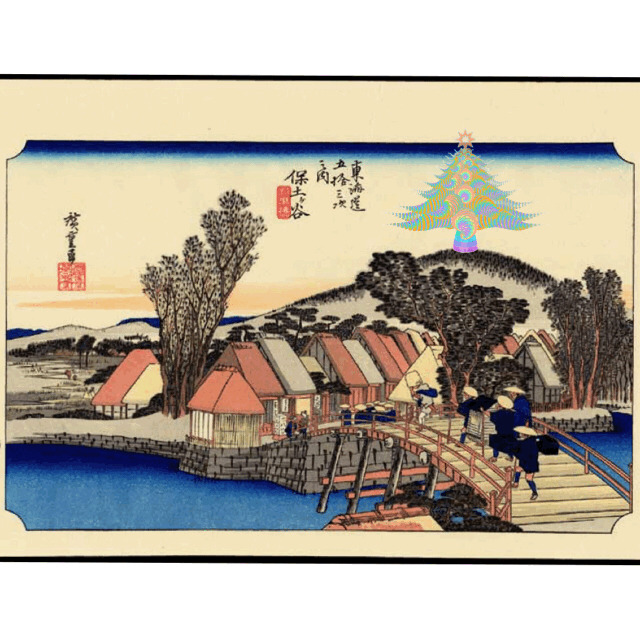
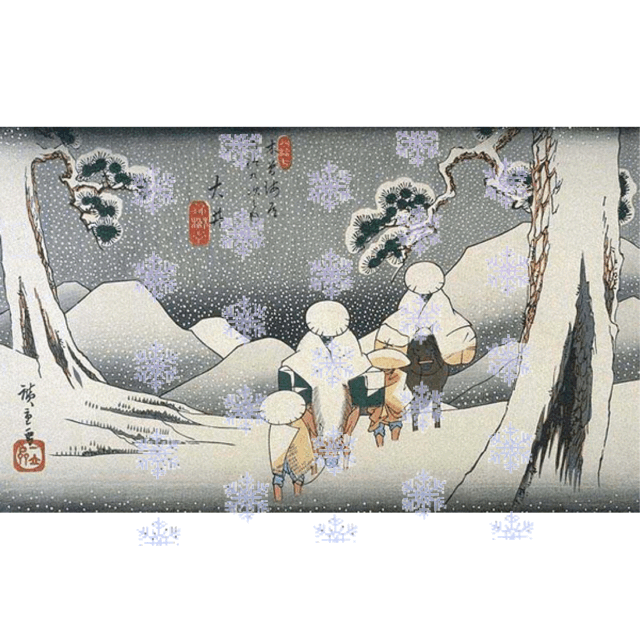
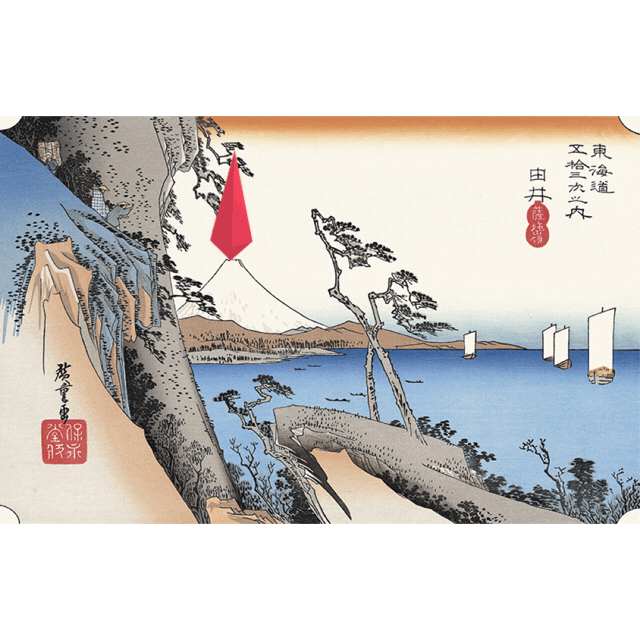
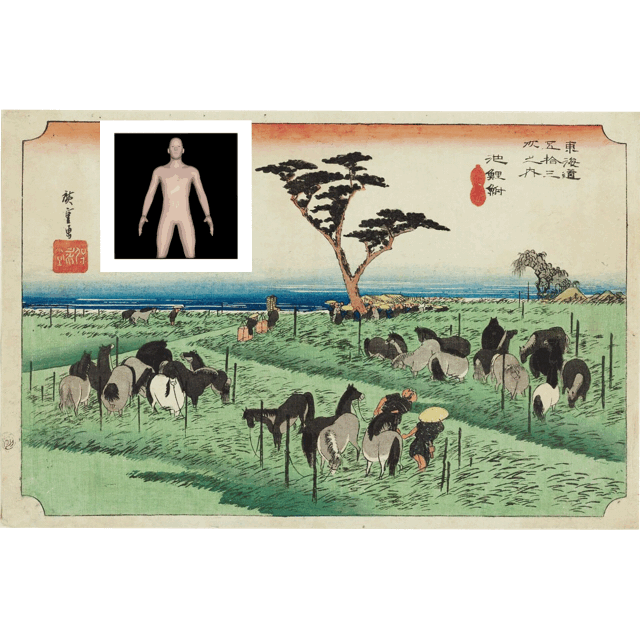
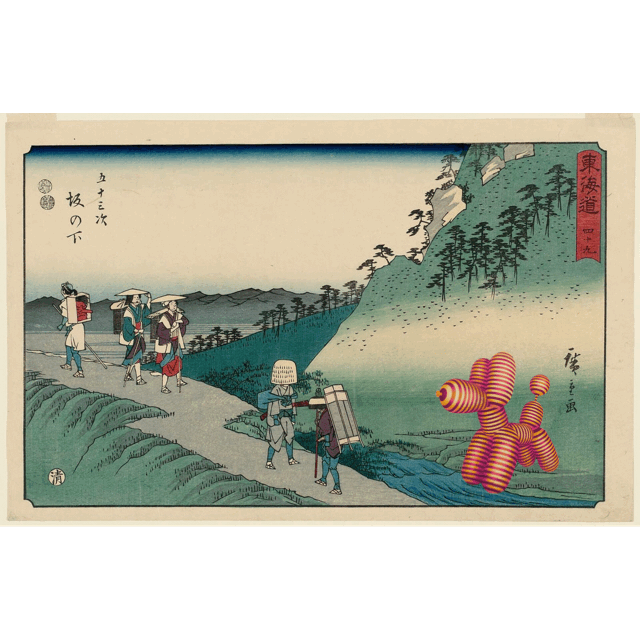
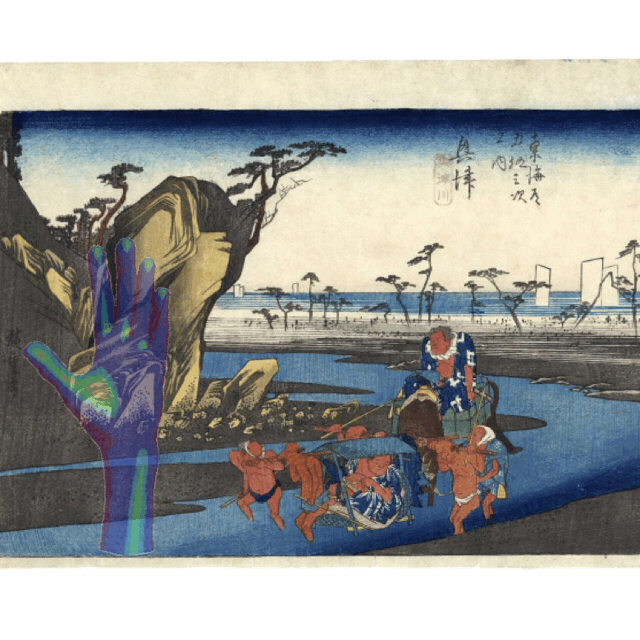

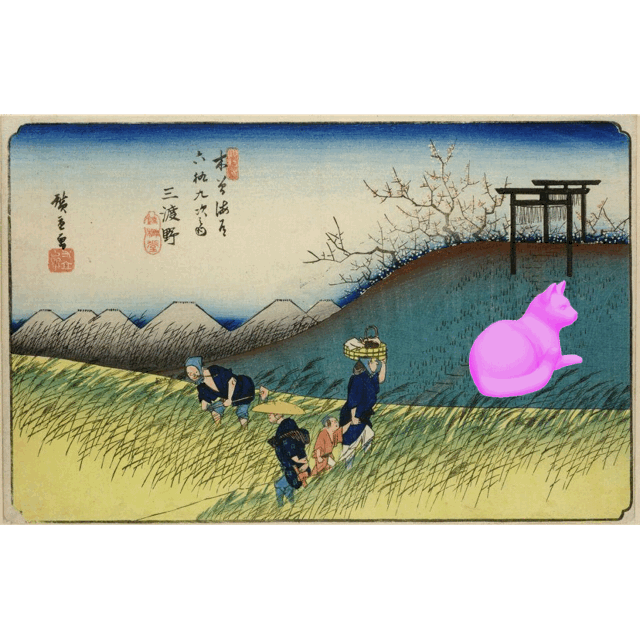
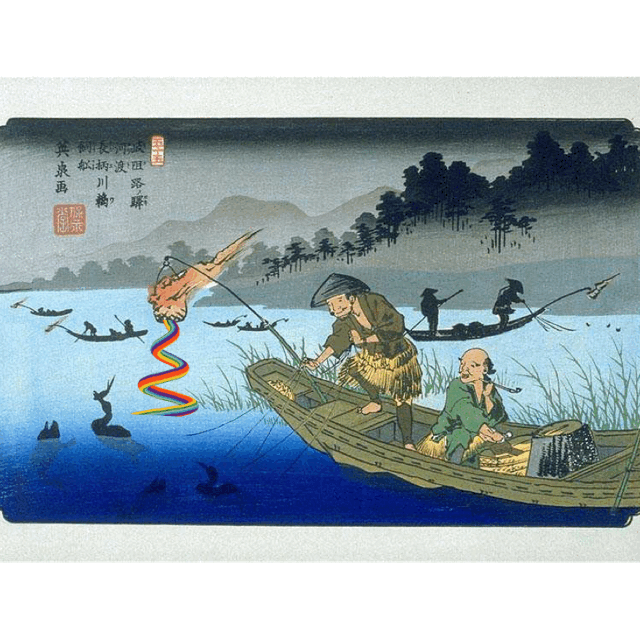
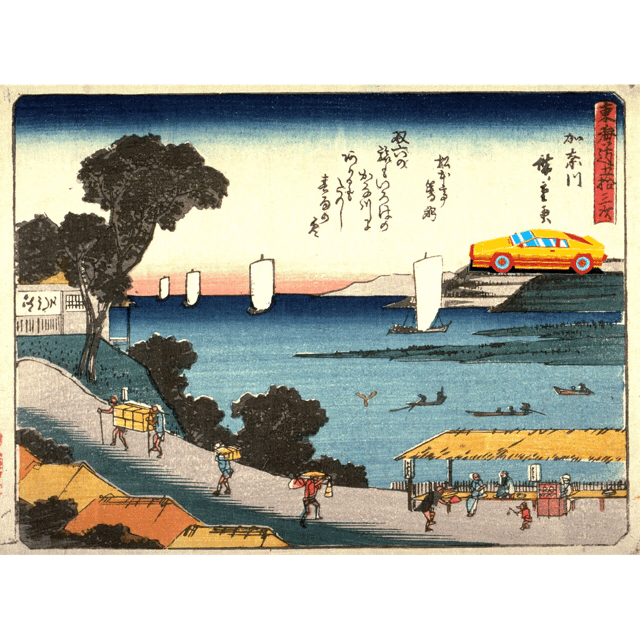
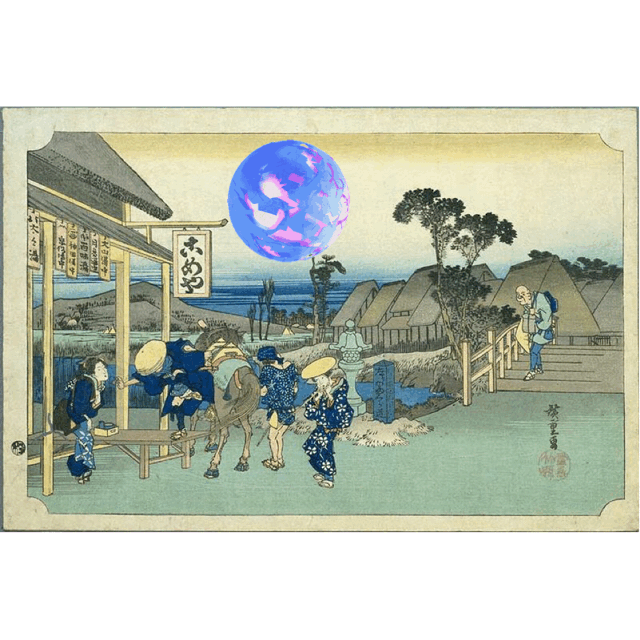
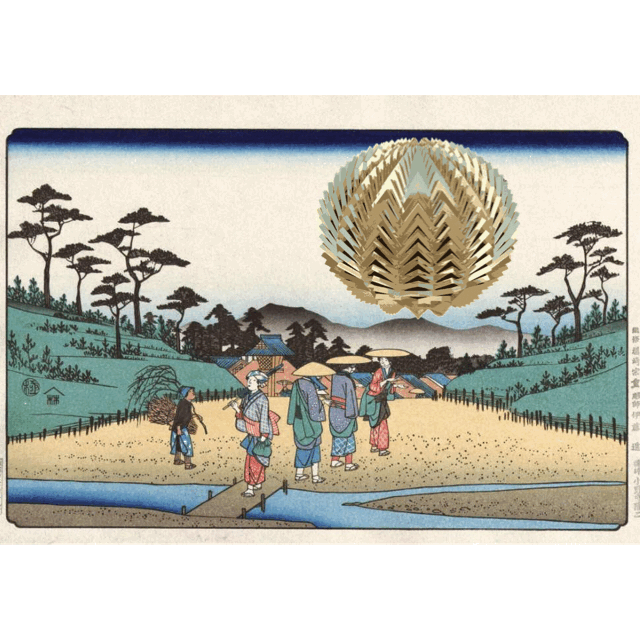
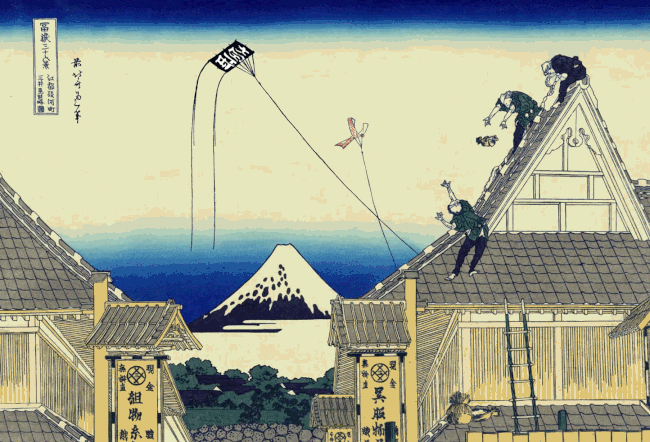
Afterthoughts about walking the Nakasendō, and Seeing Butoh in Kyoto
Almost two weeks have passed since we finished walking the Nakasendo.
It feels like a lot longer time has passed since then.
The first thing we did after finishing our long walk was to settle into our comfortable apartment hotel in Kyoto.
We rented it for only two weeks, and every morning we attend JALS, the Japanese language school in the center of Kyoto.
The breakfast food I craved most while walking the Nakasendō was a simple bowl of oatmeal with fresh fruit, nuts and raisins.
We have had oatmeal every morning since we arrived in Kyoto.
I have also enjoyed making our own food, which mostly means making a bowl of salad with a baked sweet potato or some other cooked vegetables.
This simple food agrees with me now.
We also drink almost every day a glass of fresh grapefruit juice, which is in season now in Japan.
Kyoto is truly a great place.
Even though it is a big city, it is composed of many small neighborhoods.
Some of them are ancient and well known, while others are less well known but still quite interesting, with many craft stores that line the Main Street, and local bathhouses that still burn wood for their hot baths.
The train or a convenient bus can take you a bit further out of town to many interesting places, like the seat of ancient Buddhism in Nara, the tea plantations in Uji, the amazing Fushini Imari Shrine where 10,000 vermillion Tori gates are placed along the mountainside, and many others.
There is everything modern that you might need, alongside the ancient.
The city is dotted with over 1600 Buddhist temples and nearly 500 Shinto Shrines.
Some of these temples are family owned and are still places where people come to pray, to bless births and deaths, to marry and to find solace.
Some of these ancient temples are over 1800 years old, and are important cultural properties or World Heritage sites.
These temples are no longer places for Buddhist study, and there are no congregations of living nuns and monks.
They are preserved as historical museums, and are open to the public for a fee.
People come to stroll in the beautiful Japanese zen gardens and to enjoy the serene harmony of the place.
I have visited some of these temples through the years, and I continue to visit some of them.
For me, these temples are sanctuaries for the soul, encouraging me to remember the Buddhist concept of “Pure Land Paradise.”
Japan often takes my breath away.
I have truly enjoyed our two weeks in Kyoto.
We ate in many interesting places, most of which were not listed on TripAdvisor.
We ate at a vegan ramen place, named Towzen, with really good ramen with Yuba (tofu skin) and soy meat, and pressed eggplant sushi, which was amazing.
We ate a lovely tofu Kaiseki meal with many preparations of tofu, inside a quiet old temple.
We also found a great salad place (called Harvest Days) which makes large salads combining fruits and vegetables.
And finally we got to see a performance of Butoh.
Butoh (舞踏 Butō) started in Japan in the 1950’s.
It is a form of modern dance combined with a non verbal theatre performance that encompasses the spiritual, with an emotional and mental range of movements and techniques.
The tiny Kyoto Butoh theater, located inside a Kura (renovated grain storehouse from the Edo Period), could only seat eight people.
We were told to use the toilet in a nearby convenience store before the performance, because there is no toilet inside the storehouse.
The room was first made completely black, and the dancer, who had white powder on his face and initially was wearing all white, was illuminated by a single dim light.
The Butoh art form, founded by Hijikata Tatsumi, is known to "resist categorizing and rigidity."
Butoh includes playful and grotesque imagery, dealing with taboo topics, extreme or absurd environments, and is traditionally performed in white body makeup with slow, hyper-controlled motion.
However, nowadays Butoh is being performed around the world, with various new aesthetics, ideals and intentions.
In the darkness that descended on the theater, the dancer took off his clothes and performed the rest of the piece with a traditional Noh mask, which was tied to his genitals.
The performance was called “Anti Gravitation,” and it was wonderful, in a provocative way.
In the dark theater, his body swirled and the mask created the impression that it was a new creature, who was dancing and crawling, flying and moving in a most interesting way.
The creature’s arms were the dancer’s legs and the creature’s legs were the dancer’s arms.
The face of the mask had the traditional Japanese white powdered face with black dyed teeth and shaved eyebrows.
This curious way to do makeup, that was so popular in Japan for hundreds of years, is just another reminder of how beauty trends change and how foolish it is to be upset if your body type does not fit the current trend.
Think about it, for many hundreds of years, the upperclass beauties of Japan shaved their eyebrows and applied dark powder to the upper parts of their foreheads.
They also dyed their teeth black and applied a white powder to their faces.
This beauty routine was done mostly by high class women (and sometimes by men.)
The upper class did not work in the fields or in workshops and thus were obsessed with their appearance.
This beauty routine was finally banned when Japan opened its gates to the world and foreigners seemed frightened by the black teeth, brow-less white powdered ghostlike “beauties.”
While watching the performance by Butoh artist Fukurozaka Yasuo, I was thinking about how perfect his body was in every way.
He was not a very young man, nearing his 50’s, yet his body was a model of perfection.
He had no moles, no fat, no age spots, no sagging, no cellulite, no wrinkles, nothing but a perfectly smooth skin and perfect muscle tone from head to toe.
He did not look like a body builder or a dancer who trains for many hours.
His muscles did not bulge out like the arms of body builders.
His body was lean and perfect.
I felt like I was watching an ideal of how a human body can be, if we allow the Divine inner harmony to freely stay in the physical, creating a smooth and perfect instrument that is as amazing as a painting.
Our bodies are critical to living the life that we want.
Without a great and healthy body, we are limiting the possibilities in our lives.
This means that with a sickly or heavy body, you cannot hike, walk pilgrimages or do many of the things your mind and Spirit might be excited about doing.
Since we shape our bodies by the choices that we make, we can learn how to make them better instruments.
Drinking, smoking, overeating, taking drugs and supplements are all ways to weaken the body, as is not moving enough, not living in Harmony, or having low morals and telling lies. Gossiping, harboring resentments and not forgiving the past and everyone in it also lead to bodies that harbor weak personalities and thus are clubby and unhealthy.
Don’t settle for a body, and thus for a life, that is less than what you want and what you deserve.... go for the gold......It is a real possibility..... I have seen it in this Butoh dancer.....
“So what’s next?,” everyone has asked us.
We have decided not to walk the Kumano Kodo pilgrimage in Japan this time.
We want to walk not the short version, which can be completed in a few days to a few weeks, but the whole way, as it was done by the royal family at the time of its origination.
The royal family walked from Nara, just south of Kyoto, all the way to the Kumanonachi Taisha Shrine, located in Higashimuro-gun, in Wakayama-ken.
They walked in search of serenity, enlightenment and inner harmony, which they believed they could find in the remote mountains.
But we have decided to do only one big pilgrimage per year, and I have been itching to walk the Camino as our next pilgrimage.
Jules wants to walk one of the long Caminos, starting in Paris or Rome, and walking all the way to Compostela.
I am eager for next spring to come, so we can walk it all the way from Paris to Spain.
Having been in Europe so many times, especially in France, Italy and Spain, it feels like going home to me.
I can hardly wait...
But what is next for us now?
Well, I have looked at the map of the world a few times, for over a week, trying to decide...
I was thinking of going backpacking in Vietnam for a month, diving in the Philippines or in Raja Ampat, Indonesia, or continuing to travel around Japan, but nothing seemed to appeal to me.
We have four very large bags that we brought from New Zealand after we sold our house there, and storing them for a long period has been a bit of a problem, but when I looked at all our options, I decided that the best thing to do.... is just to go home to Colorado.
And so it was decided.
After our Japanese language school is over, we will travel around Japan for another week, enjoy some hiking, sightseeing and hot spring Onsens, and then go home to Colorado.
We have given up on the return tickets that we had booked before we sold our house, to go from Japan to Auckland, New Zealand, and then from Auckland to Colorado, and instead booked a one way ticket home.
In the future, we vowed not to book return tickets, but just one way tickets on long trips, to avoid such a waste.
So what do we think about walking the Nakasendo?
It was an amazing experience not to be missed.
Like all long pilgrimages, there were hard days and easy days, beauty and boredom, challenges and routine, moments of insights and brain fog, desperation and joy, laughter and pain.
The old is now blended with the new.
It is the foundation on which the New is grown.
The past is not more beautiful than the present.
In the past the roads did not have cars and trucks, but they were dusty and hard to travel on, with no running water, electricity, or ice cream to ease the hardships of the pilgrims.
This is why I am adding to this post some Gif photos of the new, embedded on top of the beautiful old woodblocks of Hiroshige who painted the old Nakasendō.
The long walk has left me hungry for more.... more walks, more challenges.
I can’t wait for the next time we strap on a (light) backpack, and go roaming this beautiful planet....
When I have some time, I will write some thoughts about art and painting, inspired by my last weeks in Kyoto.
With many blessings,
Tali